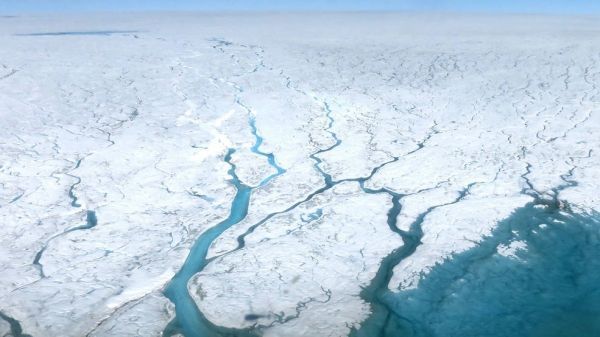To make better predictions about the future impacts of sea level rise, new techniques are being developed to fill gaps in the historic record of sea level measurements. We know the factors that play a role in sea level rise: Melting glaciers and ice sheets add water to the seas, and warmer temperatures cause water to expand. Other factors are known to slow the rise, such as dams impounding water on the land, stymying its flow into the sea.
When each factor is added together, this estimate should match the sea level that scientists observe. Until now, however, the sea level "budget" has fallen short of the observed sea level rise, leading scientists to question why the budget wouldn't balance.
A new study published on Aug.19 seeks to balance this budget. By gaining new insights to historic measurements, scientists can better forecast how each of these factors will affect sea level rise in the future.
Continue reading at NASA Jet Propulsion Laboratory
Image via NASA Jet Propulsion Laboratory


